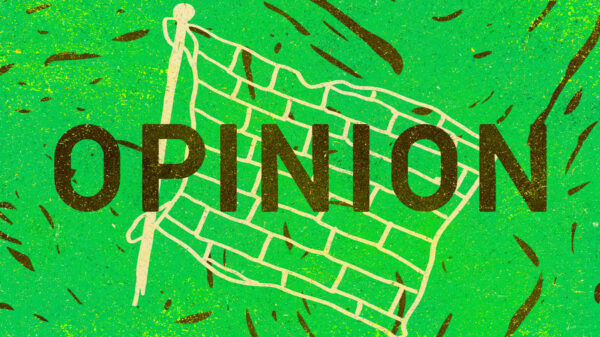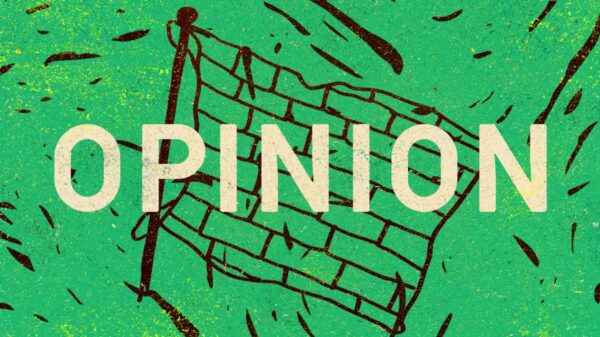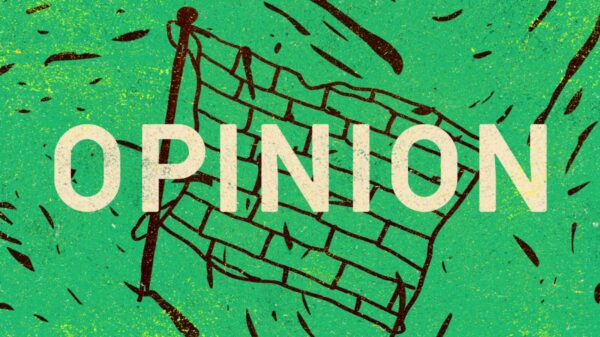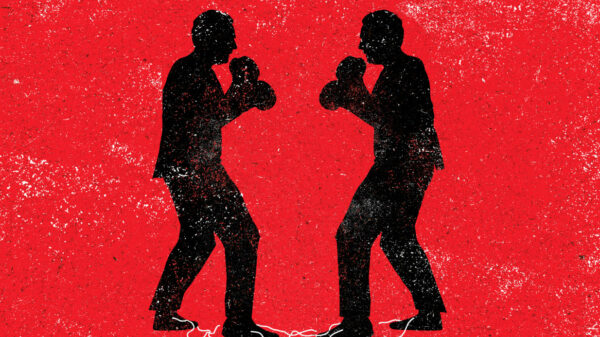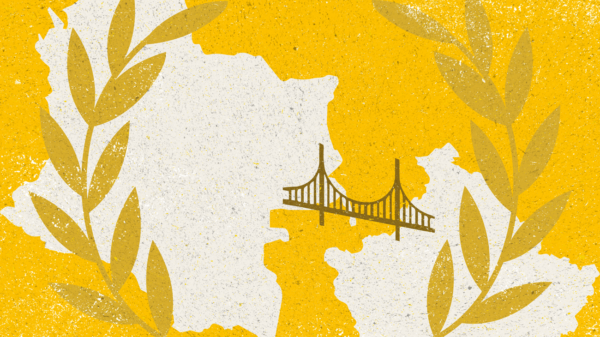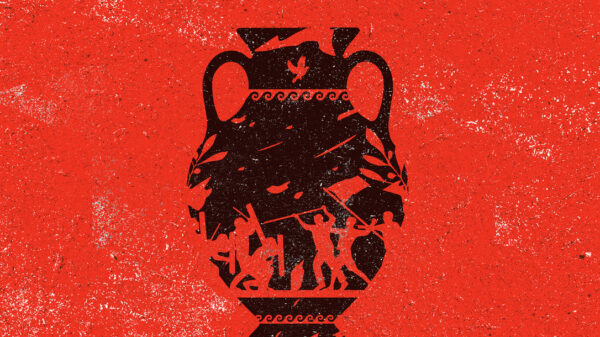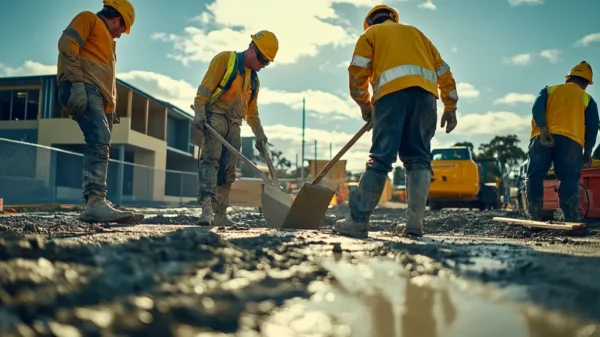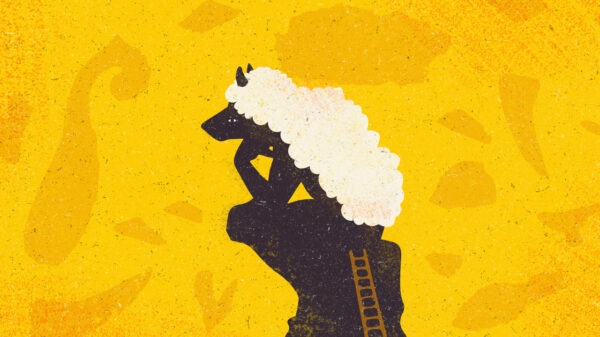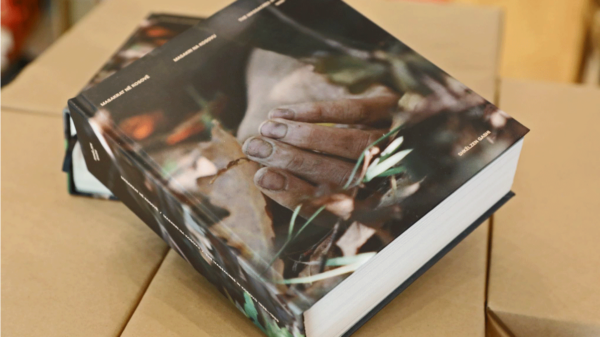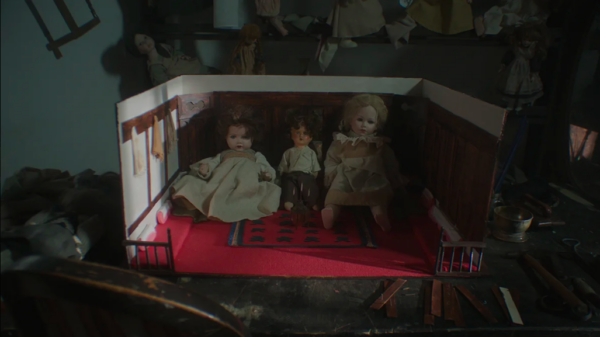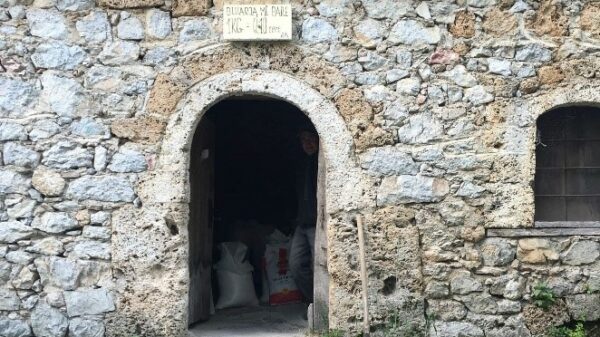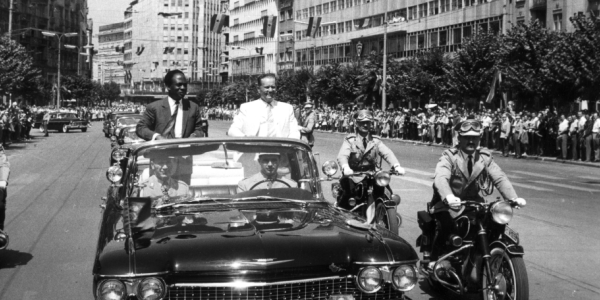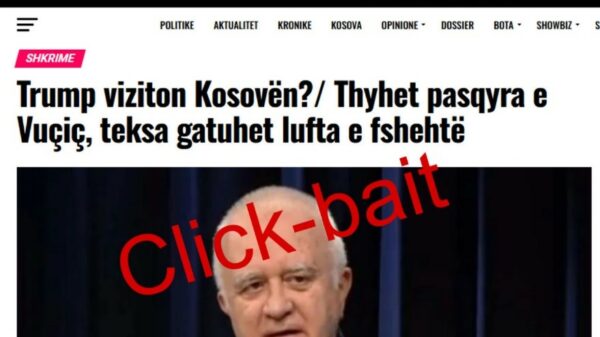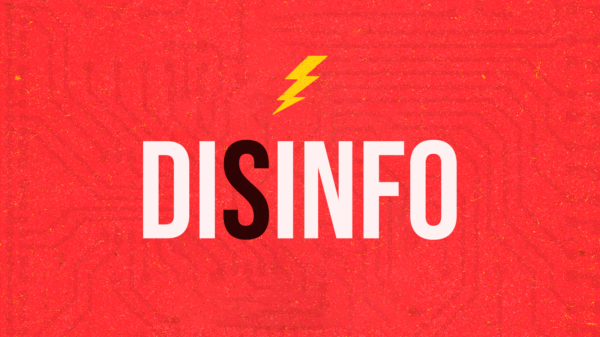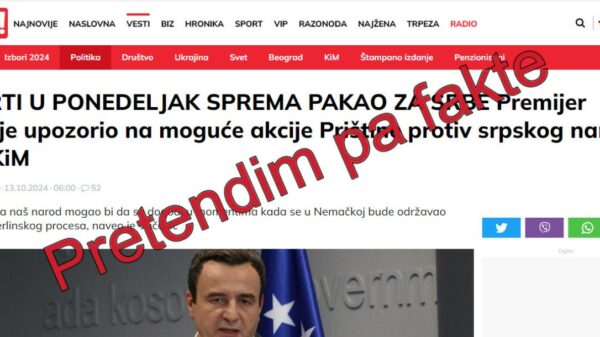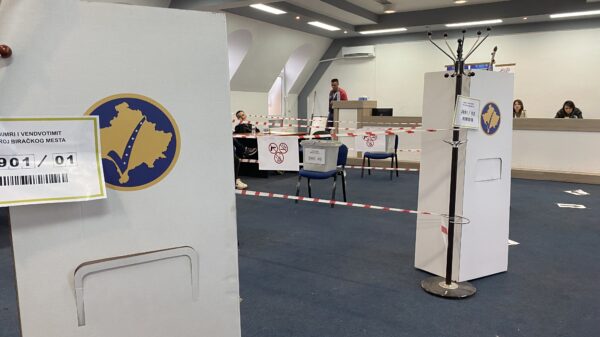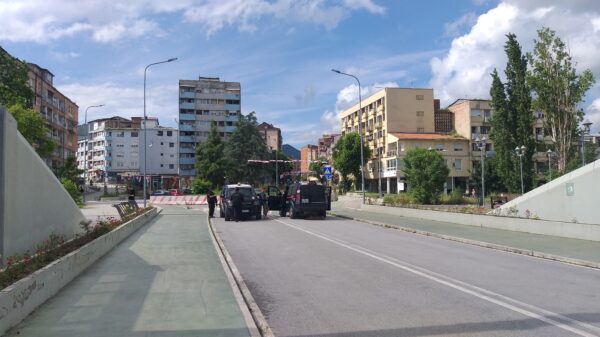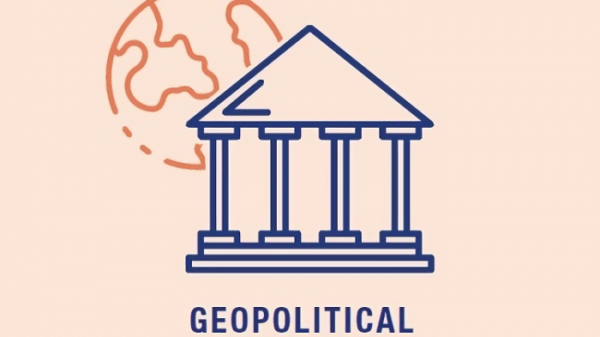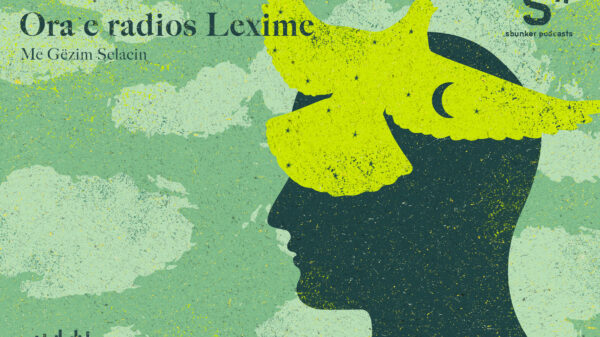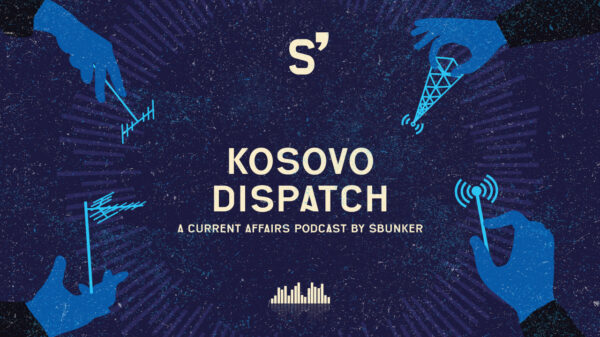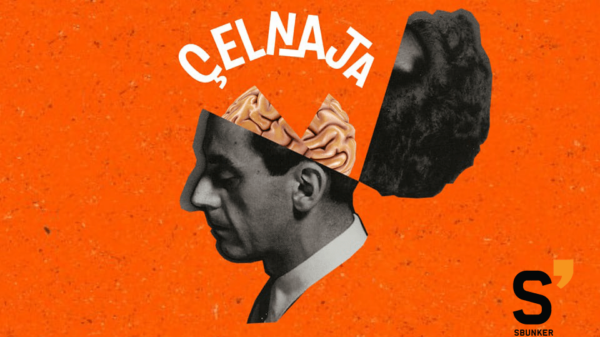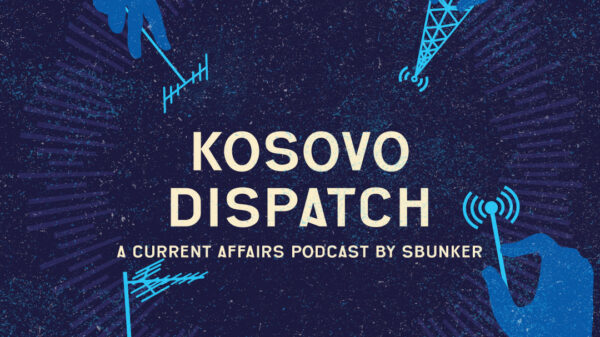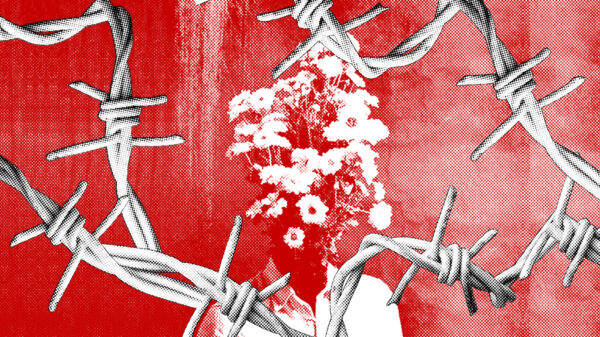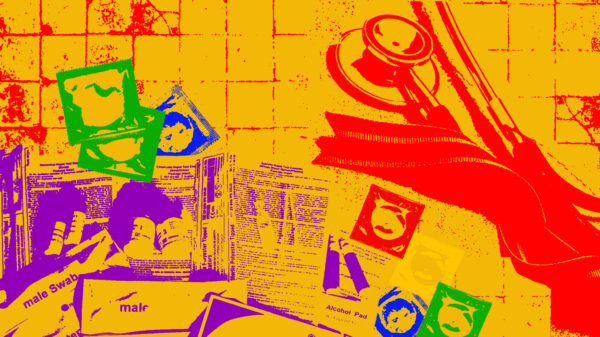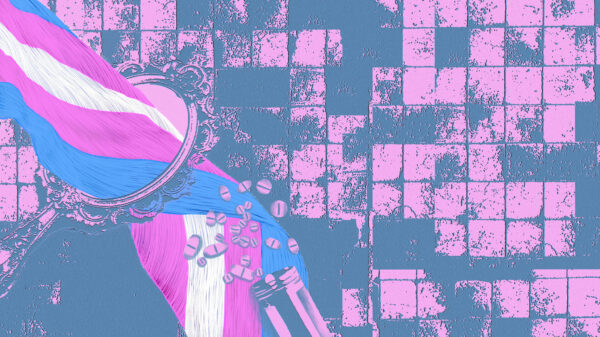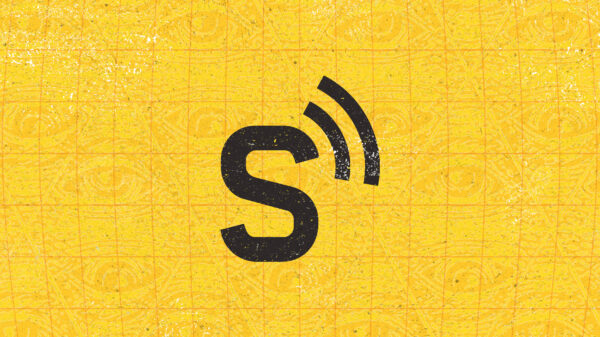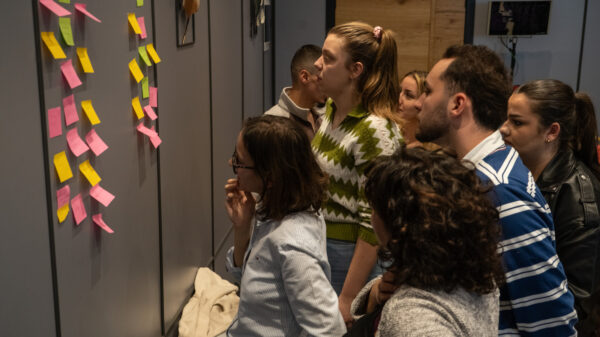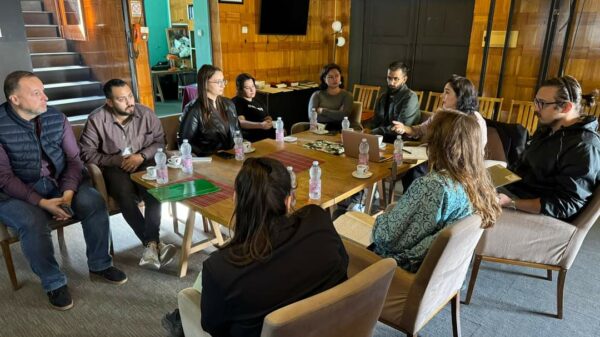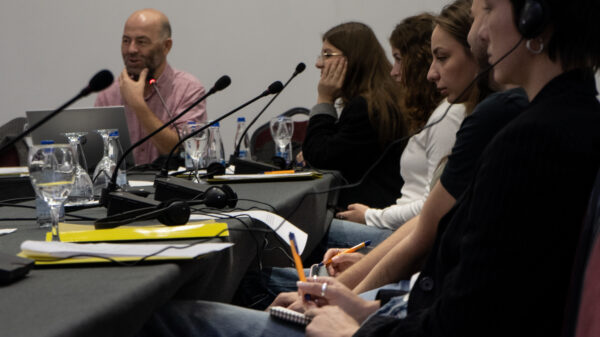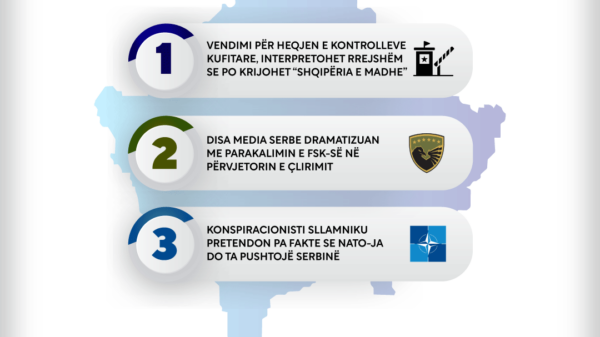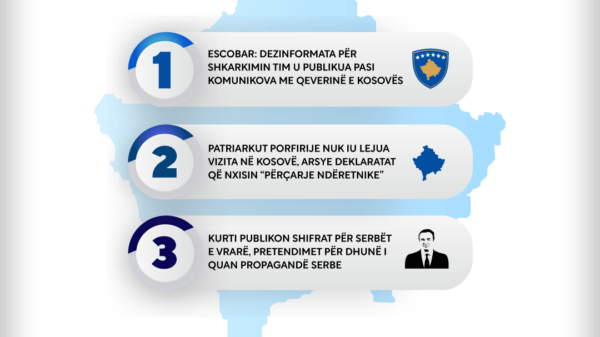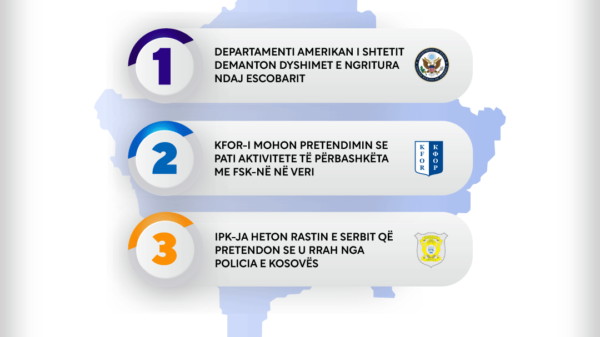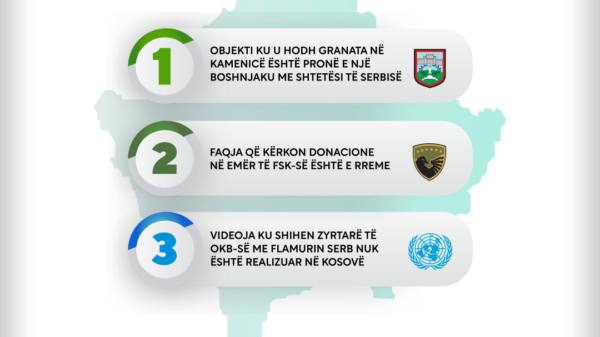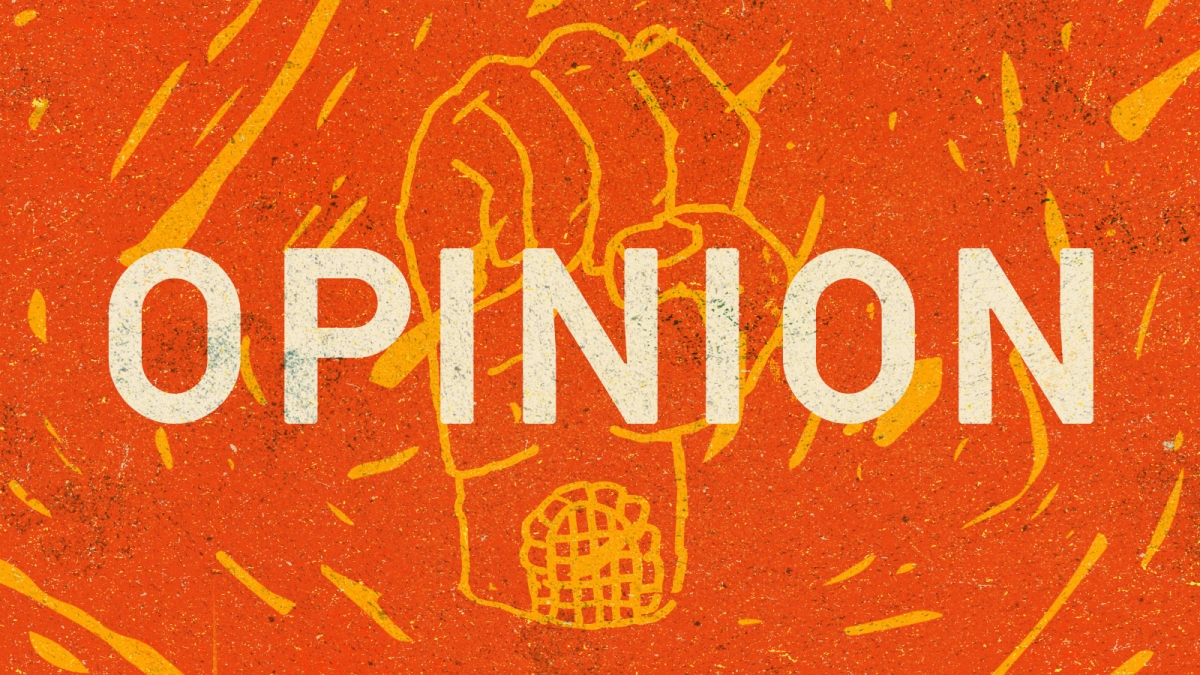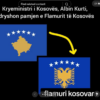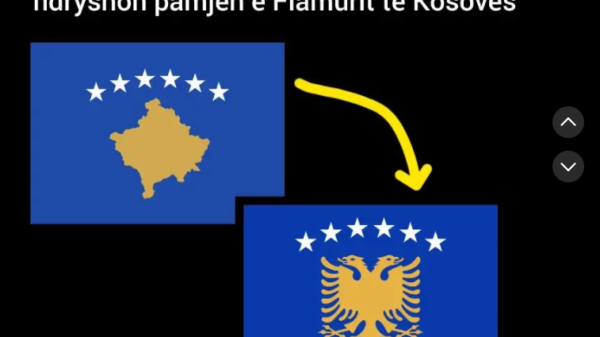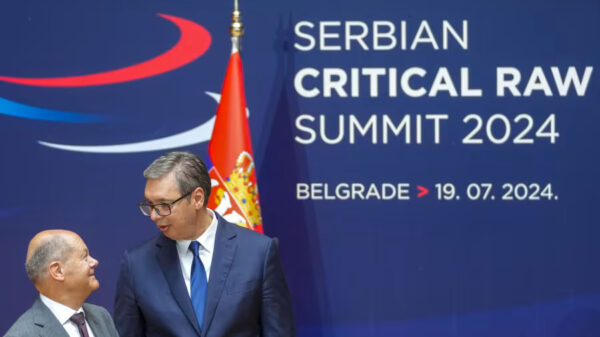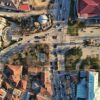The Kosovo government has said it is planning to open the main Iber Bridge to car traffic this summer leading many - including the international community - to be concerned about yet another unilateral action from Pristina in the north of Kosovo that could trigger fresh tensions.
The Bridge is perhaps the most iconic symbol of the war and the divided communities in Kosovo, with a majority of Serbs living in the north and a majority of Albanians south of the river. The Italian Carabinieri (serving under the KFOR mission) are permanently stationed on the bridge to maintain security.
Opening the Bridge to car traffic would be an affront to many in the north who find the behavior of the Kosovo government and the special police to be particularly insulting and abusive. This has undermined trust-building efforts between the communities.
This decision will further fuel the impression, in the Kosovo Serbian community, that the Kosovo government is trying to pressure the Kosovo Serbs to leave Kosovo altogether.
The European Union immediately made clear its opposition to the plan but the government, both in the Municipality of North Mitrovica (now run by Vetevendosje after the Serbian community boycotted the local elections) and the central government pushed back. The Deputy Minister for Local Administration, Arbër Vokrri, said that “the EU and international organizations must learn that the Republic of Kosovo is responsible for these issues.”
Security Concerns
First, Security-wise there are the inevitable worries that opening the main Bridge would bring back the violence that plagued it when there were the "Bridge watchers" and other groups that violently blocked the bridge to keep both sides separate and attacked KFOR and civilians.
Reopening to car traffic could lead to some local groups violently attacking not only KFOR and the Kosovo police but also civilians. It would add to the climate of fear and toxicity that the Kosovo government has fostered in the north and the already precarious security situation.
Civil society - both Albanian and Serb - are also concerned as to what the consequences would be for taking a rash decision with no community consultation.
In just the past week, there have already been two security incidents that underline the concerns that KFOR and others have about the fragility of security in the north: throwing hand grenades at cars visiting Lake Gazivode/Ujmani and the Molotov cocktail into the Gorani-owned cafe in Mitrovica north where the head of police, mayor of Mitrovica north and Xhelal Sveçla, minister of Internal Affairs had coffee at the day before.
Freedom of Movement Concerns
Second, there is also a common misconception that there is no freedom of movement across the main bridge when it has been open and had complete freedom - aside from cars - since 2013 when the justice system became integrated.
Today, many people from all communities cross the bridge to work, shop and socialize; cars can use the other two bridges that are within walking distance of the main bridge.
The European Union, KFOR and the United States, among others, are aware of how delicate the security balance is no matter how often Kosovo officials parade themselves through the area, performatively declaring it ‘now open.’
This rhetoric from the Kosovo government appeals to many within the electorate, many of whom don’t understand the reality of the Mitrovicas in 2024.
Further,It is untrue that allowing cars to cross the Iber Bridge would bring more goods, trade and economic development as the government claims. The immediate bridge area - in the center of a dense urban environment is too small to accommodate much traffic, let alone trucks carrying goods.
By opening the main bridge to car traffic the government will actually be blocking freedom of movement instead of increasing it.
An alternative solution?
Instead of opening the bridge for cars, the government should focus on improving the infrastructure to better connect residents and invest more time and resources in trust building.
Right now the area around the Iber Bridge is extremely walkable. It allows people from both sides to cross easily and go through both cities.
Over the years, there have been fairs and festivals on the Bridge bringing both sides together, most recently when the NGO Community Building Mitrovica held a fair on the Bridge a few months ago.
When the Mitrovica Jazz Festival and the Green Festival are held again this summer (both take place on the South side’s walking zone close to the Bridge) people can walk, ride a bike or take a scooter to all the events from either side and the walking populace brings more trade to cafes and businesses on both sides.
A walkable city is now the goal of most urban planners globally as it not only helps alleviate climate change but it also promotes the economy, culture and health, and brings communities together. Opening the main bridge would destroy all of the advances that both municipalities have achieved over the years in this regard, particularly in reconciliation between the communities.




